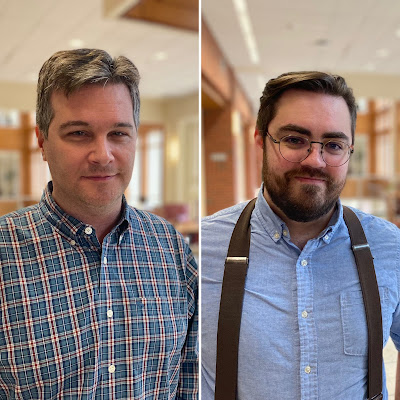Innovations made at the size an atom
Daniel Resasco donned protective eyeglasses and walked into the laboratory of SouthWest NanoTechnologies on Monday morning to show off the process by which carbon nanotubes are made. Technicians were monitoring "reactors" in which the company's patented catalytic process creates tiny carbon nanotubes that are finding their way into a multitude of consumer and medical products. Carbon nanotubes are expected to be widely used in various composite applications because of their strength and light weight, as well as their ability to conduct electricity. Resasco invented the process that creates the single-wall carbon nanotubes that sell for $500 per gram. He was honored earlier this month by Small Times magazine as one of five finalists for its Innovator of the Year award. As his "CoMoCAT" catalytic process created nanotubes in nearby reactors, Resasco provided a glimpse into how the tiny technology will be used in the future. "They will be used in thin film transistors, on the order of one nanometer thick, a hundred thousand times thinner than a human hair," Resasco said. "In the medical area, these materials are fantastic because they absorb light and emit light with very precise frequencies." "So you can use them either as tracers because they can penetrate a human cell, and because they adsorb light so effectively, you can use them to kill (cancerous) cells without harming other cells." Resasco directed the University of Oklahoma research team that invented the "CoMoCAT" catalytic process and founded the company in 2001. He holds the Hilda and Douglas Bourne Chair of Chemical Engineering and a George Lynn Cross Research Professorship at OU. "We are the only one in the world that can make this particular semiconducting type (of nanotechnology)," said Resaco, now the chief scientist for the Norman company. SouthWest NanoTechnologies is expected to scale up its production of the nanotubes next spring when it opens a new 15,000-square-foot manufacturing facility in the Norman Business Park. The building will house two new reactors that will enable the company to produce one kilogram -- roughly two pounds -- of nanotubes per day. Demand is growing for its products, Resasco said. The company has deals to produce nanotubes for leading companies in electronics and advanced materials, although no names are mentioned because of confidentiality agreements. "We are working with a lot of big companies, but all of them are confidential, because they are doing their own development and don't want people to know (what) they are working on," he said. "But there are lots; the obvious ones, the big advanced materials companies, the electronics companies, they are working with us." SouthWest NanoTechnologies closed on a $5 million round of investment last month that is a key to its ability to produce nanotubes in much larger quantities, Resasco said. It currently produces about two grams per day. "Last year has seen really spectacular growth (for SouthWest NanoTechnologies)," Resasco said. "A lot of the credit goes to CEO Dave Arthur." Boston-based Arthur has guided the company's financial ascent as Resasco and his team of scientists expand the capabilities of the single-wall nanotubes they produce."(Resasco's) groundbreaking invention is the basis upon which SouthWest NanoTechnologies was created, and his continued commitment to innovation and quality is what allows us to continue to provide the best possible single-wall carbon nanotubes to our customers," Arthur said. Article courtesy of The Oklahoman By Jim Stafford


